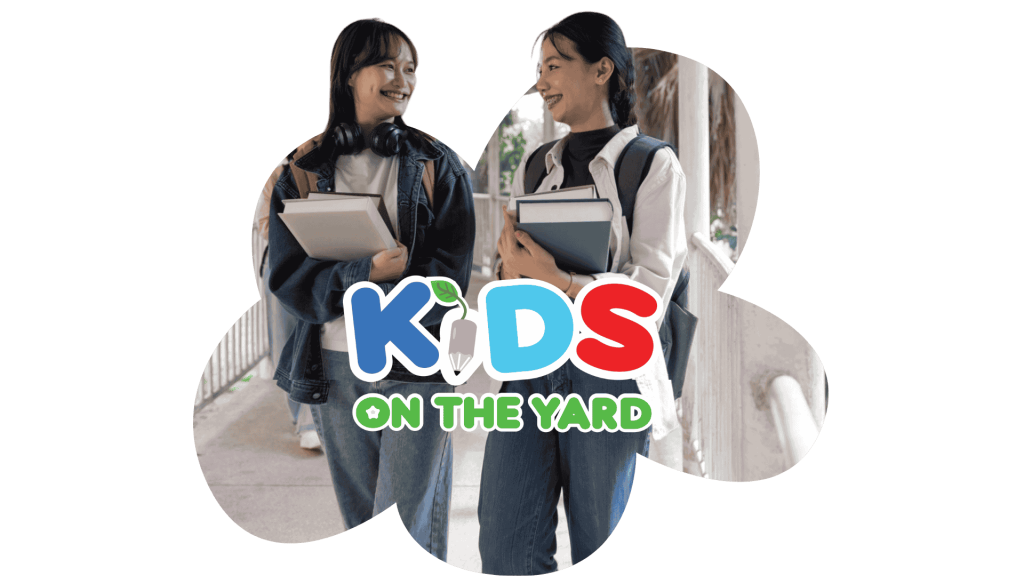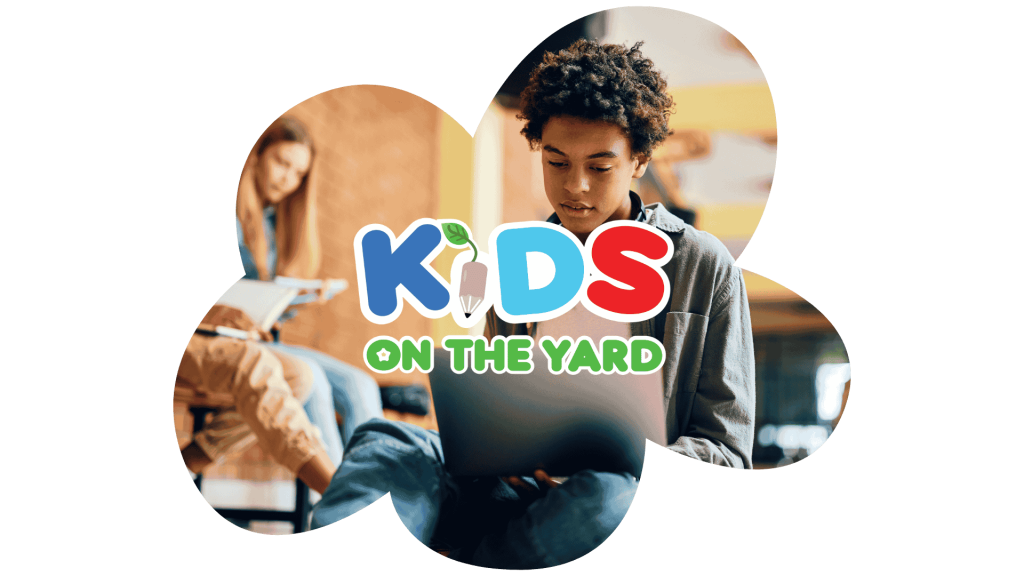|
Audio Article
|
In today’s fast-paced society, the ability to manage emotions and foster positive relationships is more crucial than ever. Social-Emotional Learning (SEL) offers a comprehensive approach to developing these vital skills, promising a brighter future for individuals and communities. This article sheds light on the significance of SEL, detailing its impact on academic performance, personal development, and societal well-being.
The Essence of Social-Emotional Learning (SEL)
Social-Emotional Learning (SEL)
Social-emotional learning equips individuals with essential skills for managing emotions, aiming for and hitting personal goals, demonstrating empathy, nurturing positive relationships, and making wise decisions. At its core, SEL promotes understanding ourselves and others, a fundamental aspect of human interaction and personal development. In such a fast-paced and digitally connected world, navigating social nuances and emotional challenges is more critical than ever.
Students exposed to SEL in educational settings tend to show higher academic performance. Evidence suggests that SEL programs lead to significant improvements in students’ grades and test scores. This is partly due to increased emotional regulation and resilience, which enable students to handle stress and anxiety related to exams and homework more effectively.
Beyond the classroom, SEL plays a crucial role in personal and emotional well-being. Learning to identify and manage emotions can lead to better mental health outcomes and lower instances of substance abuse, depression, and anxiety.
Empathy, a pillar of SEL, teaches students to see the world from others’ perspectives, resulting in compassion and understanding. This skill is vital in reducing bullying, enhancing inclusiveness, and creating a supportive school environment where all students can thrive.
Effective communication and relationship-building skills set the foundation for positive interactions in the workplace and personal life. In an ever-more collaborative work environment, working well with others is invaluable. These competencies allow individuals to build strong networks, resolve conflicts constructively, and lead teams more effectively.
SEL also encompasses responsible decision-making, equipping individuals to make ethical, constructive choices. This has far-reaching implications for crafting a society that values responsibility, integrity, and thoughtfulness.
In light of rapid technological advancements and shifting societal norms, the importance of SEL has only magnified. Interpersonal skills, adaptability, and emotional intelligence are increasingly recognized as critical for success in a diverse, globalized world.
The implementation of SEL programs represents a proactive approach to education, one that recognizes the integral role of emotions and relationships in learning. By prioritizing SEL, educators are teaching students to excel academically and preparing them to lead fulfilling, compassionate lives.

In conclusion, SEL is not just an educational strategy; it’s a lifelong approach to better understanding oneself and fostering positive interactions with others. As we move forward, the importance of integrating SEL into all aspects of education and personal development cannot be overstated. Its potential to transform schools into nurturing environments, enhance students’ academic and emotional well-being, and prepare young people to meet the challenges of the future head-on is truly immense.
Core Components of SEL
Self-Awareness
Kicking off our dive into the core competencies of SEL, we encounter self-awareness. This skill extends beyond identifying feelings — to understanding strengths, limitations, and values. When individuals recognize their emotions and how they impact behavior, they lay the groundwork for emotional intelligence.
Self-awareness also involves an understanding of how personal beliefs and values shape decision-making and behaviors. Students with a keen self-awareness can better navigate challenges and communicate more effectively, setting a strong foundation for lifelong learning and adaptability..

Self-Management
Next in line, self-management takes the stage. Self-management is about controlling emotions and impulses, managing stress, and motivating oneself.
Students learn to set and achieve goals, showing that success requires persistence and flexibility. This competency enables individuals to handle setbacks and move forward, an essential skill in both personal growth and career development. By mastering self-management, students are equipped to tackle challenges head-on, demonstrating resilience and an ability to adapt to change – traits that are invaluable in today’s fast-paced world
Social Awareness
The third pillar, social awareness, emphasizes empathy and understanding in diverse contexts. Social awareness reinforces recognizing and appreciating others’ perspectives, including those from different cultures or backgrounds.
With a well-developed social awareness, individuals are more adept at recognizing social cues and adapting their behavior accordingly, which enhances group dynamics and fosters inclusive environments. This competency is crucial for building stronger communities and bridging divides through understanding and respect.
Relationship Skills
Relationship skills focus on forming healthy and rewarding connections with others involving clear communication, active listening, cooperation, and conflict-resolution techniques. Students learn the value of teamwork and how to navigate complex social situations. Such skills are fundamental for building trust and establishing positive relationships in both personal and professional settings. By nurturing these skills, students prepare for leadership roles and collaborative work environments, showcasing their ability to bring people together toward common goals.
Responsible Decision-Making
Responsible decision-making involves making ethical and constructive choices. Students learn to consider one’s well-being, analyze situations, and solve problems thoughtfully. This competency encourages taking responsibility for one’s actions and their consequences. By embedding responsible decision-making in SEL, students prepare to face life’s dilemmas with integrity and thoughtfulness, ensuring they contribute positively to their communities and society.
Interconnectedness of Competencies
Recognize how these competencies interplay to shape well-rounded individuals capable of thriving in diverse settings.
For instance, self-awareness feeds into better self-management; understanding one’s emotions can help control them more effectively. Likewise, social awareness and relationship skills are closely knit; empathy towards others fosters stronger connections. Each competency supports and enhances the others, demonstrating the holistic nature of SEL.
Nurturing SEL in Educational Settings
Adopting SEL in educational contexts can significantly impact students’ personal and academic outcomes. Teachers play a critical role in modeling and integrating these competencies into the curriculum through proactive strategies and real-life problem-solving tasks. Encouraging open discussions, reflective practices, and cooperative learning can foster an environment where SEL thrives. Through consistent practice and reinforcement within the school community, SEL competencies can become ingrained in students’ lives, promising a future of well-adjusted, empathetic, and capable young individuals ready to lead change.
SEL’s Impact on Academic Performance and Personal Development
SEL’s influence on classroom behavior presents a significant case study in the broader discussion about academic success and personal growth. Reduced incidents of disruptive behavior and increased engagement are direct outcomes of effective SEL education. Teachers report that students who partake in the SEL curriculum show higher levels of patience, are more willing to participate in group activities and exhibit fewer instances of aggression.
This observable behavioral change is essential in creating an environment conducive to learning. Classrooms become safe spaces where students feel supported and respected, fostering a sense of belonging and community. This communal feeling can result in less absenteeism and a more vibrant, inclusive classroom dynamic.
When students learn to manage their emotions through SEL, they gain the ability to tackle challenging subjects with a clear and focused mind. For instance, a student who has cultivated self-regulation techniques is better equipped to handle the stress of math exams or the frustration of difficult homework. This emotional regulation directly correlates to improved performance on standardized tests, as students apply these coping mechanisms during high-pressure situations.
Effective SEL programs extend their influence beyond immediate emotional regulation, contributing to a growth mindset. Students exposed to SEL are more likely to view challenges as opportunities for growth rather than insurmountable obstacles. This mindset propels students toward academic perseverance, leading them to invest more effort into their studies and persist through academic struggles.
Beyond academic settings, SEL has profound implications for personal development. Enhanced emotional intelligence, birthed from continuous SEL practice, allows students to navigate the complexities of relationships outside of school. By understanding and managing their emotions, they can thwart potential conflicts, forge healthier relationships, and excel in teamwork-oriented scenarios, which are invaluable skills in the professional world.
SEL education also yields resilience against mental health challenges, serving as a preventative measure against anxiety and depression. Students learn to voice their feelings and employ self-care techniques. This proactive approach to mental health mitigates the risk of chronic mental health conditions and provides students with tools for lifelong wellness.
Moreover, SEL emphasizes the importance of empathy, encouraging students to reach beyond themselves and understand the emotions and perspectives of others. This empathetic approach fosters inclusivity, reduces prejudice, and promotes social diversity within school populations. Students become advocates for equity, leveraging their SEL skills to effectuate social change within their communities.
Success stories of SEL implementation spotlight schools witnessing marked improvements not only in academic metrics but also in the overall school climate. A particular case involved a school struggling with low attendance rates and pervasive disciplinary issues. Following a comprehensive SEL program, the school observed a dramatic decrease in suspension rates and a significant uptick in student attendance.
In conclusion, the transformative potential of SEL in educational settings is undeniable. Through fostering emotional intelligence, reducing mental health struggles, improving classroom behavior, and encouraging empathetic interactions, SEL equips students for academic success and personal growth. The empirical evidence supporting these outcomes makes a compelling argument for integrating SEL into educational curricula at all levels.
Challenges and Opportunities in Implementing SEL
When attempting to weave SEL programs into the school curriculum, administrators and educators often stumble upon a tight budget. Finding sufficient funds to acquire resources and tools for an effective SEL program poses a notable hurdle. Despite the challenge, creative solutions such as crowdfunding and grants can provide the financial assistance needed to jumpstart these initiatives.
Training teachers to adeptly deliver SEL content is another obstacle. Most educators enter the profession focusing on academics rather than social-emotional learning. To bridge this gap, professional development programs specifically designed around SEL competencies are imperative. Online courses and workshops are valuable tools for educators seeking to enhance their SEL teaching strategies.
Resistance from stakeholders, including parents, school boards, and even some educators, may arise, stemming from a lack of understanding of SEL’s benefits. This barrier can be overcome by sharing evidence-based results showing SEL’s positive impact on student behavior and academic performance. Hosting informational sessions and open discussions can foster a supportive SEL community.
Incorporating SEL into the existing curriculum requires thoughtful integration without overwhelming students or teachers. By threading SEL principles through traditional subjects, such as literature or social studies, schools can teach these crucial skills without using additional class time.
Technology offers a promising opportunity to broaden SEL resources. Apps and online platforms can provide interactive and engaging ways for students to practice SEL skills at their own pace. These digital tools can also help teachers track progress and tailor instruction to meet individual student needs.
Community partnerships with local organizations and businesses can enrich SEL programs by providing real-world connections and support. Volunteers from these partners can serve as mentors and role models, demonstrating social-emotional competencies in diverse settings.
Creating a supportive school climate is paramount for SEL to thrive. This environment begins with the school leadership and filters down through every staff member to the students. Positive role modeling by adults in the school community is crucial for reinforcing the importance and effectiveness of SEL skills.
By understanding and navigating the challenges of implementing SEL programs, educational institutions can unlock the full potential of their students, preparing them for a complex world with a holistic approach that values emotional and intellectual growth.
In conclusion, the essence of Social-Emotional Learning transcends traditional educational goals, aiming to equip individuals with the emotional intelligence necessary for success in all life’s arenas. By prioritizing SEL, we prepare our young people for academic achievements and life filled with empathy, resilience, and meaningful connections. This single most important point underscores the transformative potential of SEL in shaping a compassionate, inclusive, and emotionally intelligent society.
What is Social-Emotional Learning (SEL)?
SEL is an educational approach that helps students develop emotional intelligence, self-awareness, relationship skills, and responsible decision-making abilities. It fosters emotional regulation, resilience, empathy, and social skills to enhance both academic and personal success.
Why is SEL important for students?
SEL improves academic performance by helping students manage stress, stay focused, and develop a growth mindset. It also enhances mental well-being, reduces bullying, and prepares students for future careers by strengthening communication and leadership skills.
How does SEL impact academic performance?
Students who participate in SEL programs tend to have higher grades, better test scores, and improved classroom behavior. They are better at handling stress and frustration, leading to increased engagement and persistence in their studies.
What are the core components of SEL?
Self-Awareness: Understanding emotions, strengths, and values.
Self-Management: Regulating emotions, setting goals, and managing stress.
Social Awareness: Developing empathy and recognizing diverse perspectives.
Relationship Skills: Communicating effectively, resolving conflicts, and collaborating.
Responsible Decision-Making: Making ethical and constructive choices.
How does SEL help with mental health?
SEL teaches students how to manage emotions, cope with anxiety, and develop resilience. This reduces stress, lowers instances of depression, and promotes emotional well-being throughout their lives.
How can SEL reduce bullying?
By fostering empathy and social awareness, SEL helps students understand and respect others’ perspectives. This creates a more inclusive school environment where students are less likely to engage in or tolerate bullying.
How can teachers incorporate SEL in the classroom?
Teachers can integrate SEL through:
Group discussions and reflective journaling.
Role-playing social scenarios.
Mindfulness exercises and stress management techniques.
Encouraging teamwork and collaborative projects.
How can parents support SEL at home?
Parents can reinforce SEL by:
Encouraging open conversations about emotions.
Teaching conflict resolution skills.
Modeling empathy and active listening.
Helping children set and work toward personal goals.
What challenges exist in implementing SEL?
Common challenges include:
Lack of funding for SEL programs.
Limited teacher training on SEL integration.
Resistance from parents or administrators unfamiliar with SEL’s benefits.
How can technology support SEL?
Apps and online platforms can provide interactive SEL lessons, track progress, and help students practice emotional regulation skills in engaging ways.


